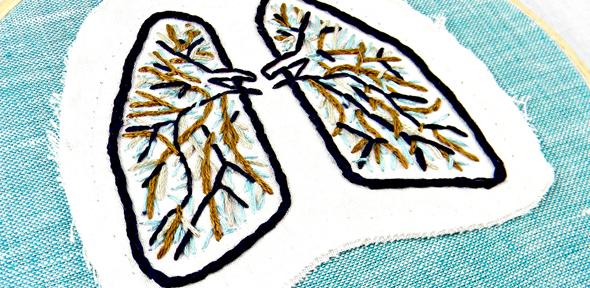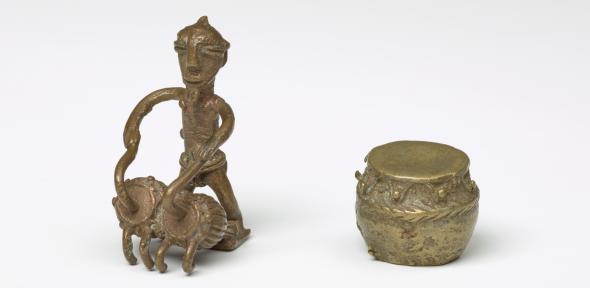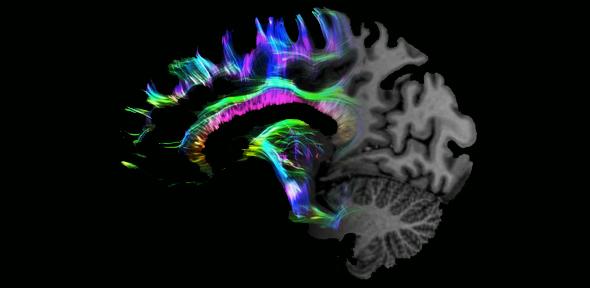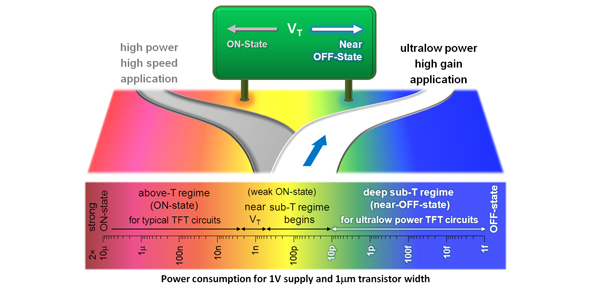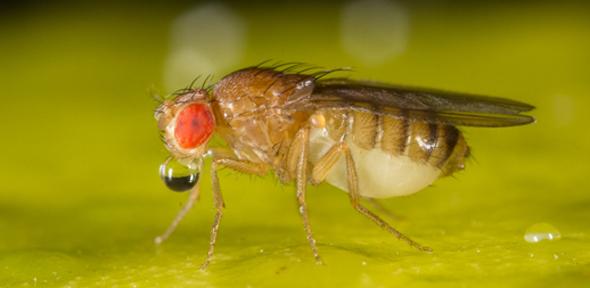The equipment, funded by the Medical Research Council (MRC), Wellcome Trust and Cancer Research UK, sits within the newly-refurbished Wolfson Brain Imaging Centre (WBIC), which today celebrates two decades at the forefront of medical imaging.
At the heart of the refurbishment are three cutting-edge scanners, of which only a very small handful exist at institutions outside Cambridge – and no institution other than the University of Cambridge has all three. These are:
- a Siemens 7T Terra Magnetic Resonance Imaging (MRI) scanner, which will allow researchers to see detail in the brain as tiny as a grain of sand
- a GE Healthcare PET/MR scanner that will enable researchers to collect critical data to help understand how cancers grow, spread and respond to treatment, and how dementia progresses
- a GE Healthcare hyperpolarizer that enables researchers to study real-time metabolism of cancers and other body tissues, including whether a cancer therapy is effective or not
These scanners, together with refurbished PRISMA and Skyra 3T MRI scanners at the WBIC and at the Medical Research Council Cognition and Brain Sciences Unit, will make the Cambridge Biomedical Campus the best-equipped medical imaging centre in Europe.
Professor Ed Bullmore, Co-Chair of Cambridge Neuroscience and Scientific Director of the WBIC, says: “This is an exciting day for us as these new scanners will hopefully provide answers to questions that we have been asking for some time, as well as opening up new areas for us to explore in neuroscience, mental health research and cancer medicine.
“By bringing together these scanners, the research expertise in Cambridge, and the latest in ‘big data’ informatics, we will be able to do sophisticated analyses that could revolutionise our understanding of the brain – and how mental health disorders and dementias arise – as well of cancers and how we treat them. This will be a powerful research tool and represents a big step in the direction of personalised treatments.”
Dr Rob Buckle, Director of Science Programmes at the MRC, adds: “The MRC is proud to sponsor this exciting suite of new technologies at the University of Cambridge. They will play an important role in advancing our strategy in stratified medicine, ultimately ensuring that the right patient gets the right treatment at the right time.”
Slide show: Click on images to expand
7T Medical Resonance Imaging (MRI) scanner
The Siemens 7T Terra scanner – which refers to the ultrahigh strength of its magnetic field at 7 Tesla – will allow researchers to study at unprecedented levels of detail the workings of the brain and how it encodes information such as individual memories. Current 3T MRI scanners can image structures 2-3mm in size, whereas the new scanner has a resolution of just 0.5mm, the size of a coarse grain of sand.
“Often, the early stages of diseases of the brain, such as Alzheimer’s and Parkinson’s, occur in very small structures – until now too small for us to see,” explains Professor James Rowe, who will be leading research using the new 7T scanner. “The early seeds of dementia for example, which are often sown in middle age, have until now been hidden to less powerful MRI scanners.”
The scanner will also be able to pick up unique signatures of neurotransmitters in the brain, the chemicals that allow its cells to communicate with each other. Changes in the amount of these neurotransmitters affect how the brain functions and can underpin mental health disorders such as depression and schizophrenia.
“How a patient responds to a particular drug may depend on how much of a particular neurotransmitter present is currently present,” says Professor Rowe. “We will be looking at whether this new scanner can help provide this information and so help us tailor treatments to individual patients.”
The scanner will begin operating at the start of December, with research projects lined up to look at dementias caused by changes to the brain almost undetectable by conventional scanners, and to look at how visual and sound information is converted to mental representations in the brain.
PET/MR scanner
The new GE Healthcare PET/MR scanner brings together two existing technologies: positron emission tomography (PET), which enables researchers to visualise cellular activity and metabolism, and magnetic resonance (MR), which is used to image soft tissue for structural and functional details.
Purchased as part of the Dementias Platform UK, a network of imaging centres across the UK, the scanner will enable researchers to simultaneously collect information on physiological and disease-related processes in the body, reducing the need for patients to return for multiple scans. This will be particularly important for dementia patients.
Professor Fiona Gilbert, who will lead research on the PET/MR scanner, explains: “Dementia patients are often frail, which can present challenges when they need separate PET and MR scanners. So, not only will this new scanner provide us with valuable information to help improve understanding and diagnosis of dementia, it will also be much more patient-friendly.”
PET/MR will allow researchers to see early molecular changes in the brain, accurately map them onto structural brain images and follow their progression as disease develops or worsens. This could enable researchers to diagnose dementia before any symptoms have arisen and to understand which treatments may best halt or slow the disease.
As well as being used for dementia research, the scanner will also be applied to cancer research, says Professor Gilbert.
“At the moment, we have to make lots of assumptions about what’s going on in tumour cells. We can take biopsies and look at the different cell types, how aggressive they are, their genetic structure and so on, but we can only guess what’s happening to a tumour at a functional level. Functional information is important for helping us determine how best to treat the cancer – and hence how we can personalise treatment for a particular patient. Using PET/MR, we can get real-time information for that patient’s specific tumour and not have to assume it is behaving in the same way as the last hundred tumours we’ve seen.”
The PET/MR scanner will begin operation at the start of November, when it will initially be used to study oxygen levels and blood flow in the tumours of breast cancer patients and in studies of brain inflammation in patients with Alzheimer’s disease and depression.
Hyperpolarizer
The third new piece of imaging equipment to be installed is a GE Healthcare hyperpolarizer, which is already up and running at the facility.
MRI relies on the interaction of strong magnetic fields with a property of atomic nuclei known as ‘spin’. By looking at how these spins differ in the presence of magnetic field gradients applied across the body, scientists are able to build up three-dimensional images of tissues. The hyperpolarizer boosts the ‘spin’ signal from tracers injected into the tissue, making the MRI measurement much more sensitive and allowing imaging of the biochemistry of the tissue as well as its anatomy.
“Because of underlying genetic changes in a tumour, not all patients respond in the same way to the same treatment,” explains Professor Kevin Brindle, who leads research using the hyperpolarizer. “Using hyperpolarisation and MRI, we can potentially tell whether a drug is working, from changes in the tumour’s biochemistry, within a few hours of starting treatment. If it’s working you continue, if not you change the treatment.”








